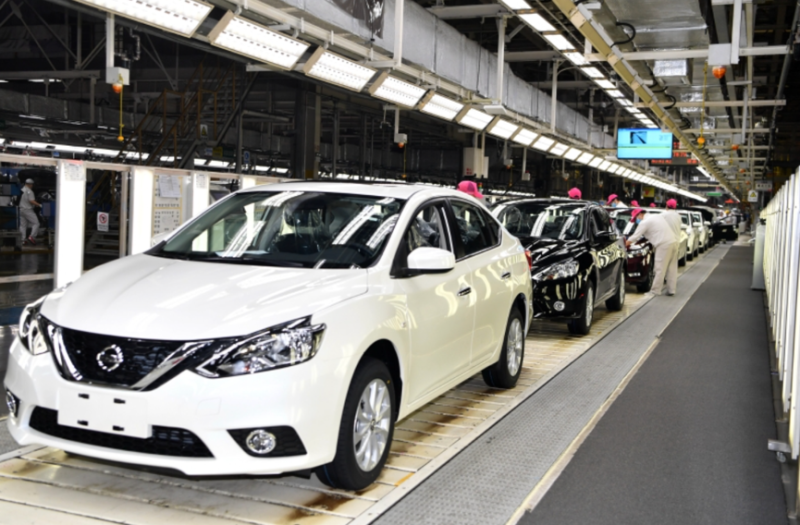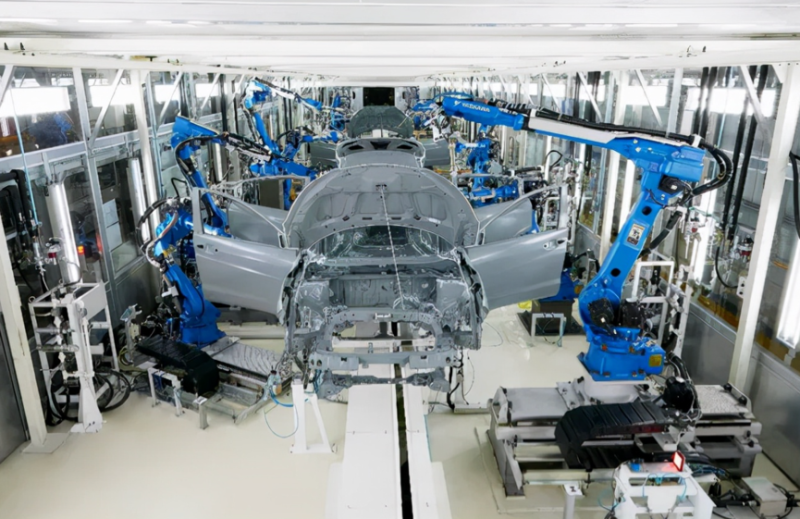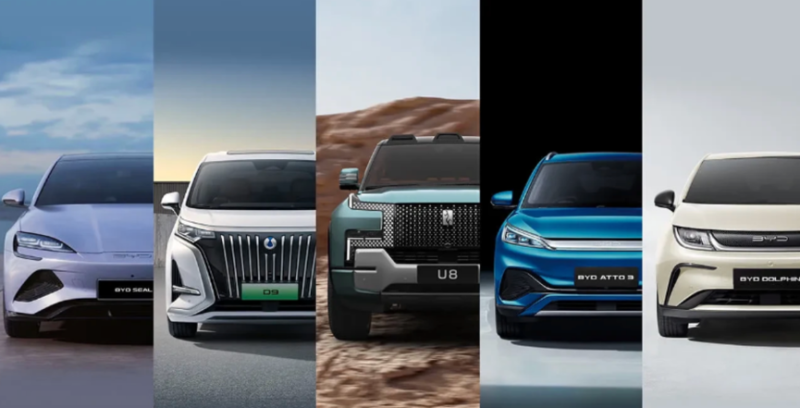Does Japanese cars still have a future in China? Nissan and Honda are planning to reduce their production in China
 AshleyApr 11, 2024, 11:03 AM
AshleyApr 11, 2024, 11:03 AM
As the global automotive market changes, Japanese car manufacturers are facing unprecedented challenges in China, which is the world's largest car market. For a long time, Japanese cars have won widespread recognition from consumers for their reliable quality and exquisite craftsmanship. However, with the rise of electric vehicles and the emergence of domestic brands in China, this pattern is undergoing profound changes.

According to The Nikon Kaizai Shimbun, Chinese car manufacturers have shown remarkable competitiveness in the field of electric vehicles, especially pure electric cars and plug-in hybrid cars. They have not only improved the performance and quality of products through technological innovation but also reduced costs and increased price competitiveness by optimizing production processes and supply chain management, which forces Japanese car companies to seek change and respond anxiously.
Nissan and Honda, as representative enterprises of the Japanese automobile industry, their strategic adjustment in the Chinese market has become the focus of industry attention. According to reports from Japanese media, Nissan has reduced its production capacity in China by 30%, or around 500,000 units per year. Currently, Nissan produces about 1.6 million cars in China each year.
Nissan's joint venture with China's Dongfeng Motor operates eight factories in China, including factories in Hubei and Henan province. Nissan will restructure these factories and use some less demanded factories for export to other regions in Asia. By 2023, Nissan's annual production in China had fallen by 24% to 793,000 units, falling below the 1 million mark for the first time in 14 years.

Honda also hopes to reduce its production capacity in China by 20%, to around 1.2 million units per year. Honda is discussing production cuts with local partners and has informed key suppliers that it will cut production. Honda has two joint ventures in China, one is a partnership with GAC Group and the other is with Dongfeng Motor Group, with a total annual production capacity in China of 1.49 million units.
These figures reflect not only the severe situation faced by Japanese car companies in the Chinese market but also indicate that they may be considering more far-reaching strategic adjustments.

However, in response to the report, Nissan and Honda did not provide clear responses. A Nissan representative pointed out that there are inaccuracies in the report without specifying where. And Honda said it has not yet decided to reduce production to 1.2 million vehicles. These vague attitudes suggest that they may be evaluating the overall market situation and researching more appropriate strategic responses.
Interestingly, although Japanese car companies are under pressure in the Chinese market, they still enjoy advantages in other markets such as North America and Southeast Asia. Therefore, some analysts believe that disadvantaged Japanese cars may reduce their operations in China and focus on markets where they are dominant. However, the potential and attractiveness of the Chinese market cannot be ignored. As the share of Chinese-branded cars in the domestic market increases year by year, and with the rapid development of electric vehicles, the Chinese market has become the focus of global auto industry competition.
By 2023, the proportion of Chinese-branded cars in the sales of passenger cars in China has increased to 56%, it is a figure that is expected to continue to grow in the future. Chinese car companies have made remarkable achievements in technological innovation, quality improvement, and market expansion, gradually breaking the monopoly of foreign brands. At the same time, Chinese car companies are also actively expanding overseas markets in search of broader development space.

Last year, China's automotive exports surpassed Japan to top the list for the first time, especially in the South Asian market, Thailand has become one of the important export markets for Chinese car companies. The success of Chinese cars in the Thai market, represented by BYD and other Chinese car companies, has not only broken the monopoly of Japanese cars in this market but also provided valuable experience for Chinese car companies to further expand overseas markets.
Confronted with the rise of Chinese car companies and the transformation of the global car market, Japanese car companies have begun to plan their counterattacks. Many Japanese car companies have clearly stated that they will increase their investment in the Thai market in the future to strengthen the competitiveness of Japanese electric vehicles. This indicates that Japanese car companies are accelerating their shift towards electric vehicles and are trying to compete with Chinese car companies by improving cost competitiveness.
If any infringement occurs, please contact us for deletion
Trending News

BYD Sealion 7 is not only cheaper than Tesla Model Y, what other differences do they have?
Is it better to buy the BYD Sealion 7 or the Tesla Model Y? This really makes one a bit hesitant, but before you make a decision, I recommend you take a good look at this article.

2026 Toyota Hilux Travo released, the brand-new exterior and interior are highly anticipated
If you're considering buying a Hilux, honestly, the comprehensive innovations in the ninth generation are worth waiting for. While the current model might still have some advantages in terms of reliability and price, the new model offers significant changes in terms of exterior and interior luxury, tech features, and powertrain options.

Toyota Land Cruiser FJ did not disappoint, the most anticipated civilian off-road vehicle is back.
Since its birth in 1951 under the name Toyota BJ, the Land Cruiser series has accumulated sales of approximately 12.15 million units in over 190 countries and regions worldwide, becoming a global off-road icon spanning more than 70 years.

In Malaysia, which sliding door MPVs are available?
The numerous advantages of sliding door MPVs make many people fond of this type of vehicle. However, MPVs are not a mainstream choice in the car market, so many people might not know which MPVs are available domestically.

Should I choose the top-tier Toyota Corolla Cross, or the entry-level Fortuner?
Should we spend more money on a compact SUV, or add a bit more to buy a larger SUV? Although for many families, the 20,000 MYR price difference is not a small amount, considering that the number of family members may increase in the future, choosing a more practical and spacious car can save the trouble and cost of replacing a vehicle later on.
Popular Cars
Model Year
Car Compare
Car Photo

